Description
The book is organized as follows. Chapter 1 describes the data life cycle, i.e. the sequence of stages from data acquisition to archiving, that data goes through as it is prepared and then actually analyzed, together with the different activities that take place at each stage. Chapter 2 gets into databases proper, explaining how relational databases organize data. Non-traditional data, like XML and text, are also covered. Chapter 3 introduces SQL queries, but unlike traditional textbooks, queries and their parts are described around typical data analysis tasks like data exploration, cleaning and transformation. Chapter 4 introduces some basic techniques for data analysis and shows how SQL can be used for some simple analyses without too much complication. Chapter 5 introduces additional SQL constructs that are important in a variety of situations and thus completes the coverage of SQL queries. Lastly, chapter 6 briefly explains how to use SQL from within R and from within Python programs. It focuses on how these languages can interact with a database, and how what has been learned about SQL can be leveraged to make life easier when using R or Python. All chapters contain a lot of examples and exercises on the way, and readers are encouraged to install the two open-source database systems (MySQL and Postgres) that are used throughout the book in order to practice and work on the exercises, because simply reading the book is much less useful than actually using it.
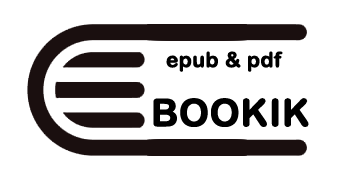

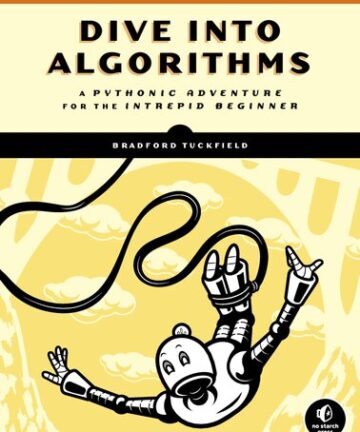
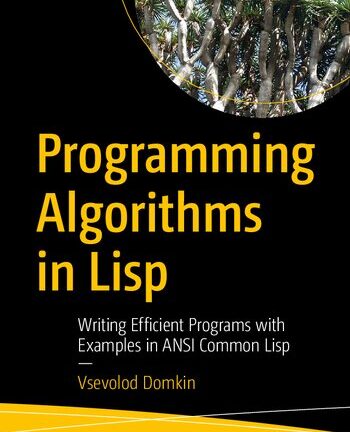
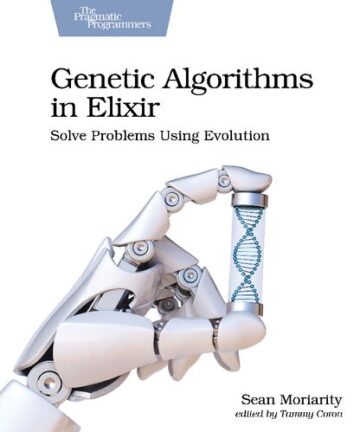
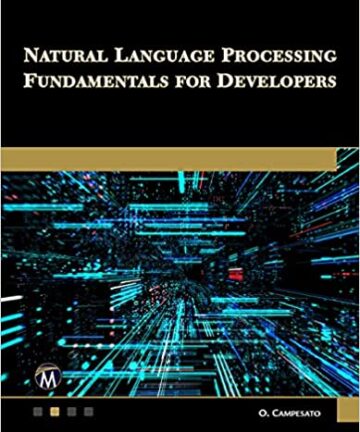
Reviews
There are no reviews yet.